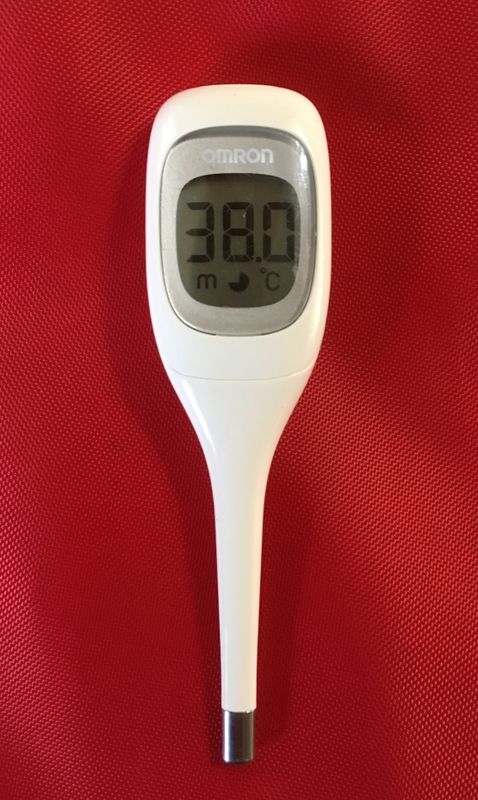Jul 30, 2018
Getting feverish about fevers
Fevers are universal, the immune system’s response to a threat such as a bacterial or viral infection. It can be uncomfortable, but a body elevating its temperature can be quite effective at dealing with a problem. In Japan, fevers get treated with a bit more significance than I was accustomed to back home. Here, they are not just one possible symptom of an illness. Instead, they are the ultimate marker of ill-health. If you have a fever, you are sick. If you don’t, you are not.

I learned very early on that if I needed to call in sick for work, for example, I needed to state that I had a fever. It didn’t matter if I felt sick or had a host of other symptoms that told me I was sick. It didn’t really matter how debilitating the sickness might be for work - for example, I am prone to losing my voice, which makes me nearly useless in my line of work (teaching conversational English) until it returns. Unless I could say I had a fever, I was probably not really sick. Even some ugly symptom of a stomach bug wouldn't get quite the same weight.
The actual temperature is also given more importance here in deciding whether or not a person has a fever. Before living here, i would have identified myself as having a fever by either 1) feeling hot and unwell or 2) enduring shudder-inducing chills followed quickly by spikes of heat. I didn't need a thermometer to qualify whether or not I really had a fever. I would just know. Here, however, we need a specific number. I know that identifying how high a fever might be is important diagnostically and I understand a medical professional using it. Growing up in Australia, though, I don't think we even owned a thermometer. The exact number wasn't all that helpful unless the fever was persisting and/or you were really unwell, and in both cases you would be at the doctor's by that point.
It wasn't until I had children that I understood just how much weight the number on the thermometer was given... and I learned to live in fear of the number 37.5. 37.5 degrees Celsius is the cut-off at my children's childcare. If their temperature is higher than 37.5 degrees, then it is decreed that they have a fever and home they must go. It is not just when their heads feel hot or they appear unwell, though, that their temperatures get checked. We have to check their temperatures every morning before they go to childcare. Then, in case we're tempted to make something up (mornings are a rush and there's only so much variation a person's temperature has anyway), we have to take their temperature again when we arrive at childcare. As a parent whose child's temperature tends to hover a bit over 37, especially in the summer, this is rather annoying.
I suppose I understand where the inclination to give a fever weight comes from. Feeling sick can be subject to individual experience, and a number on a thermometer provides a more objective means of determining whether or not that it is the case. I personally find it a bit simplistic and just as subjective as any other symptom, but whatever I think, I doubt the Japanese collectively are going to get any less feverish about fevers any time soon!



0 Comments